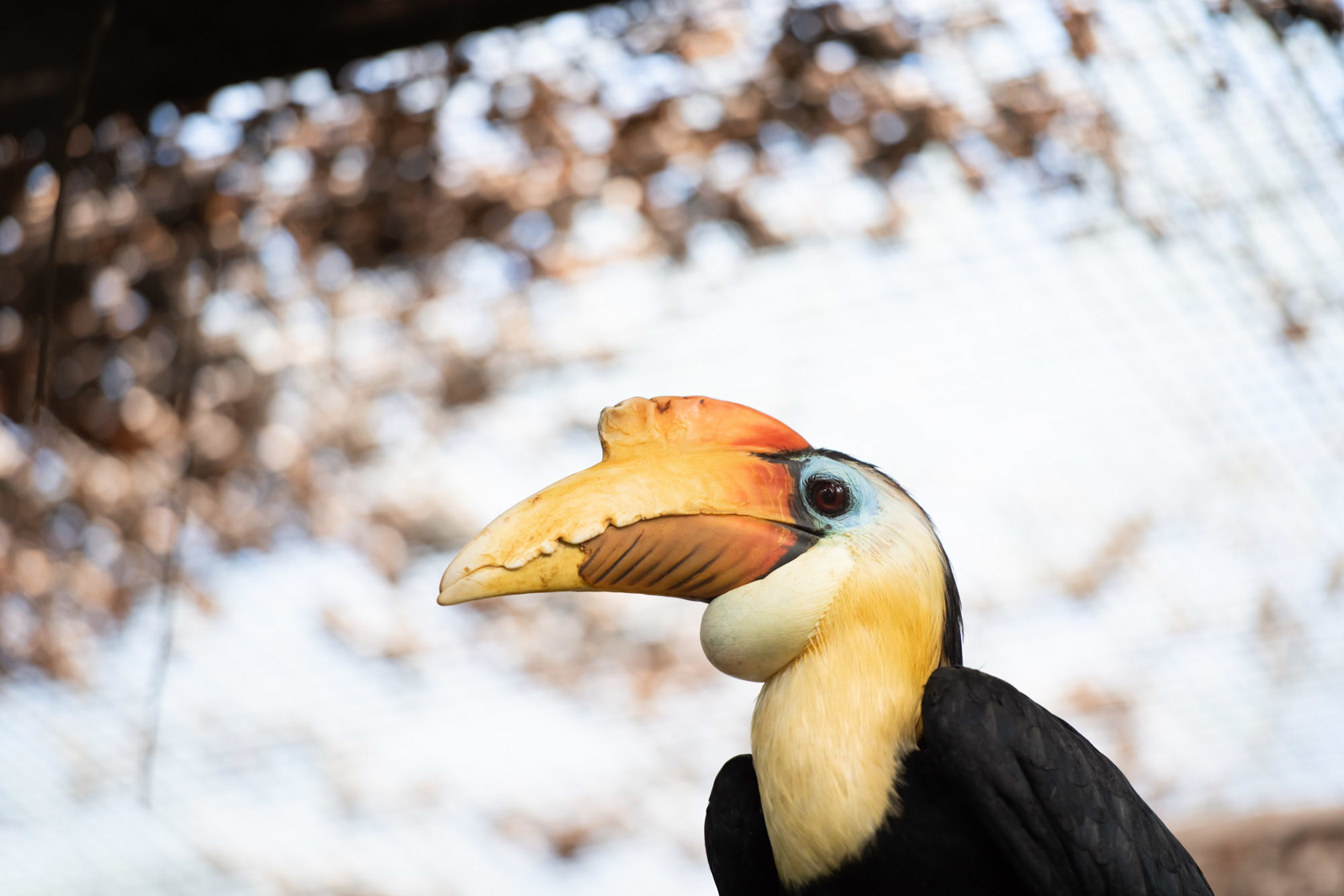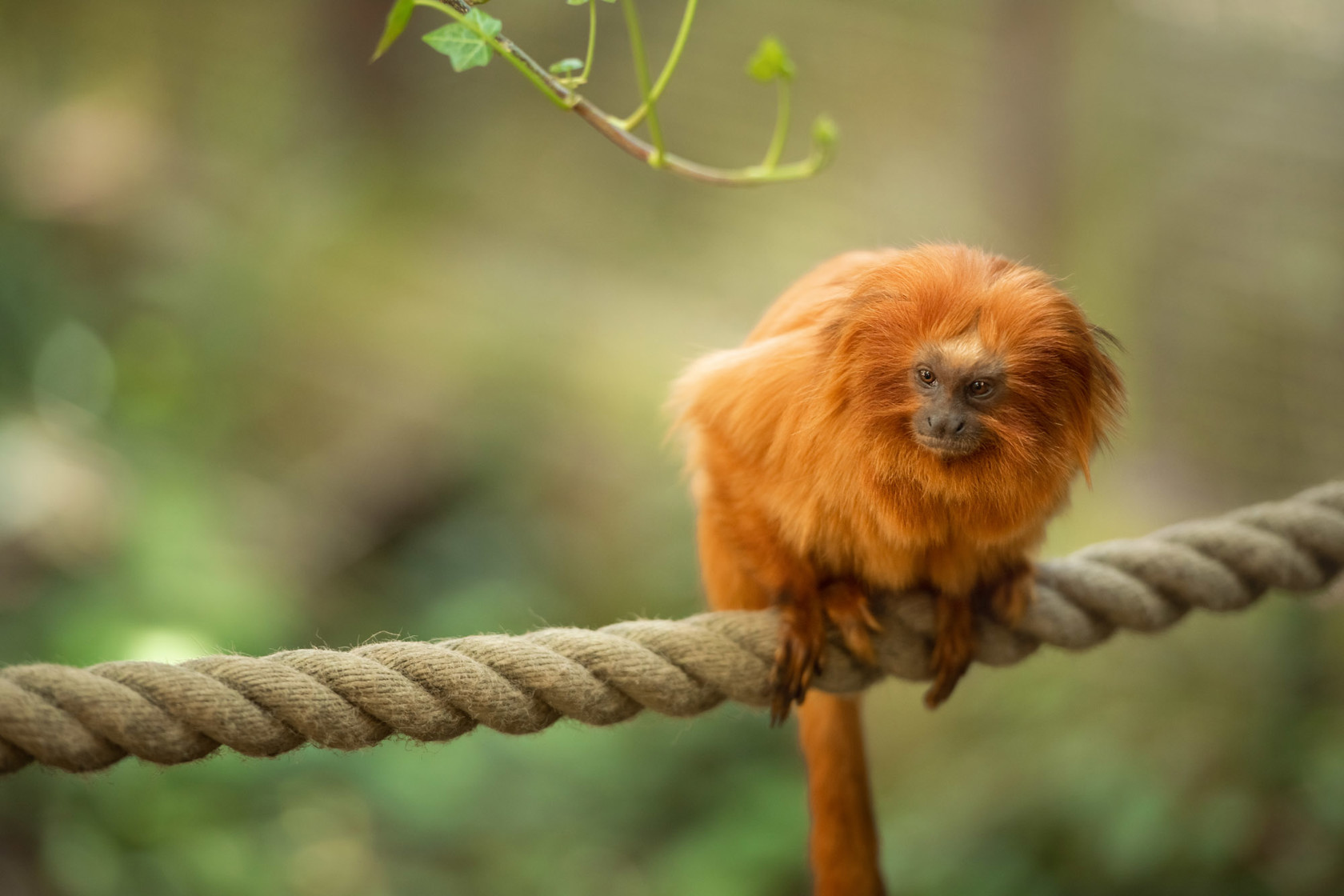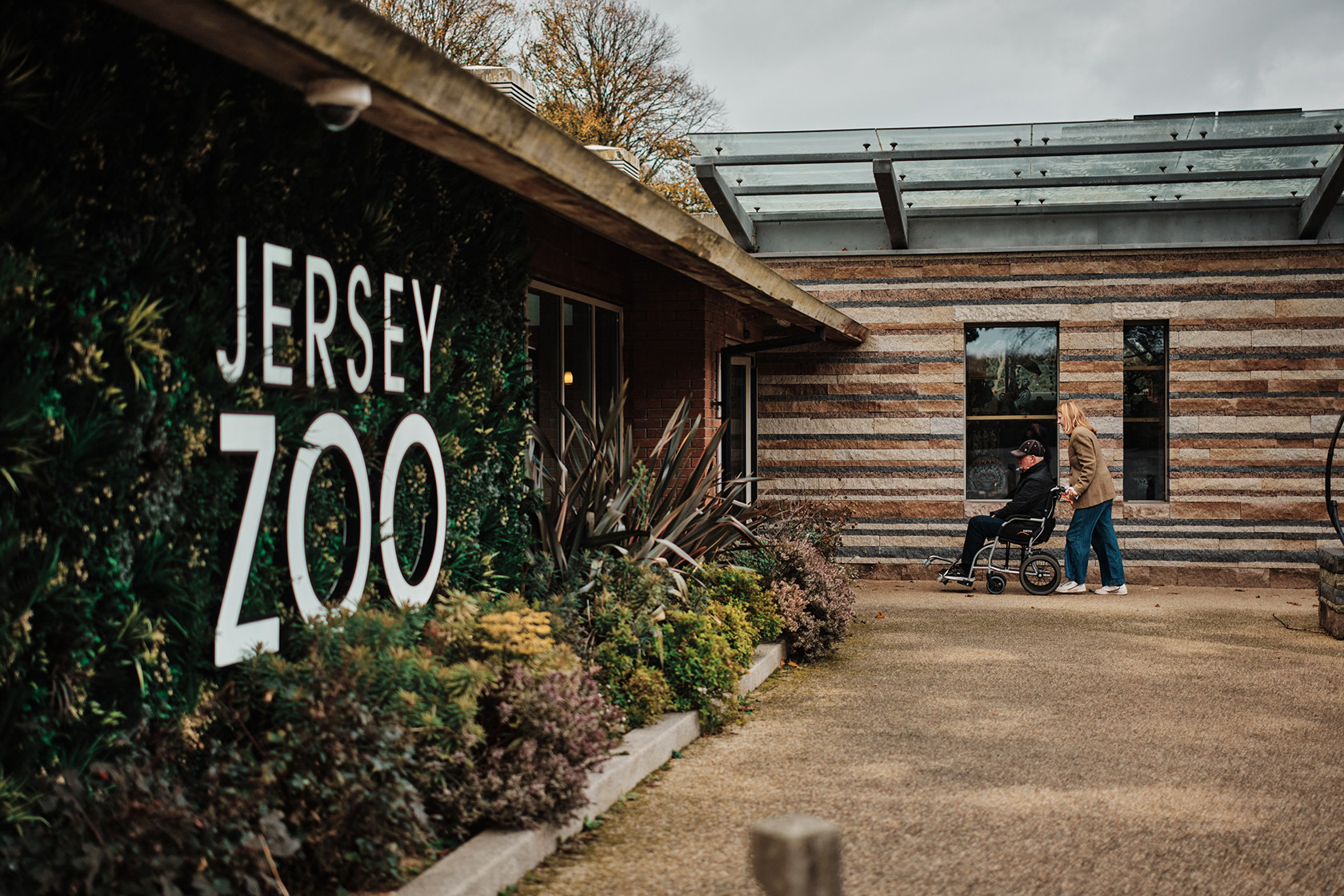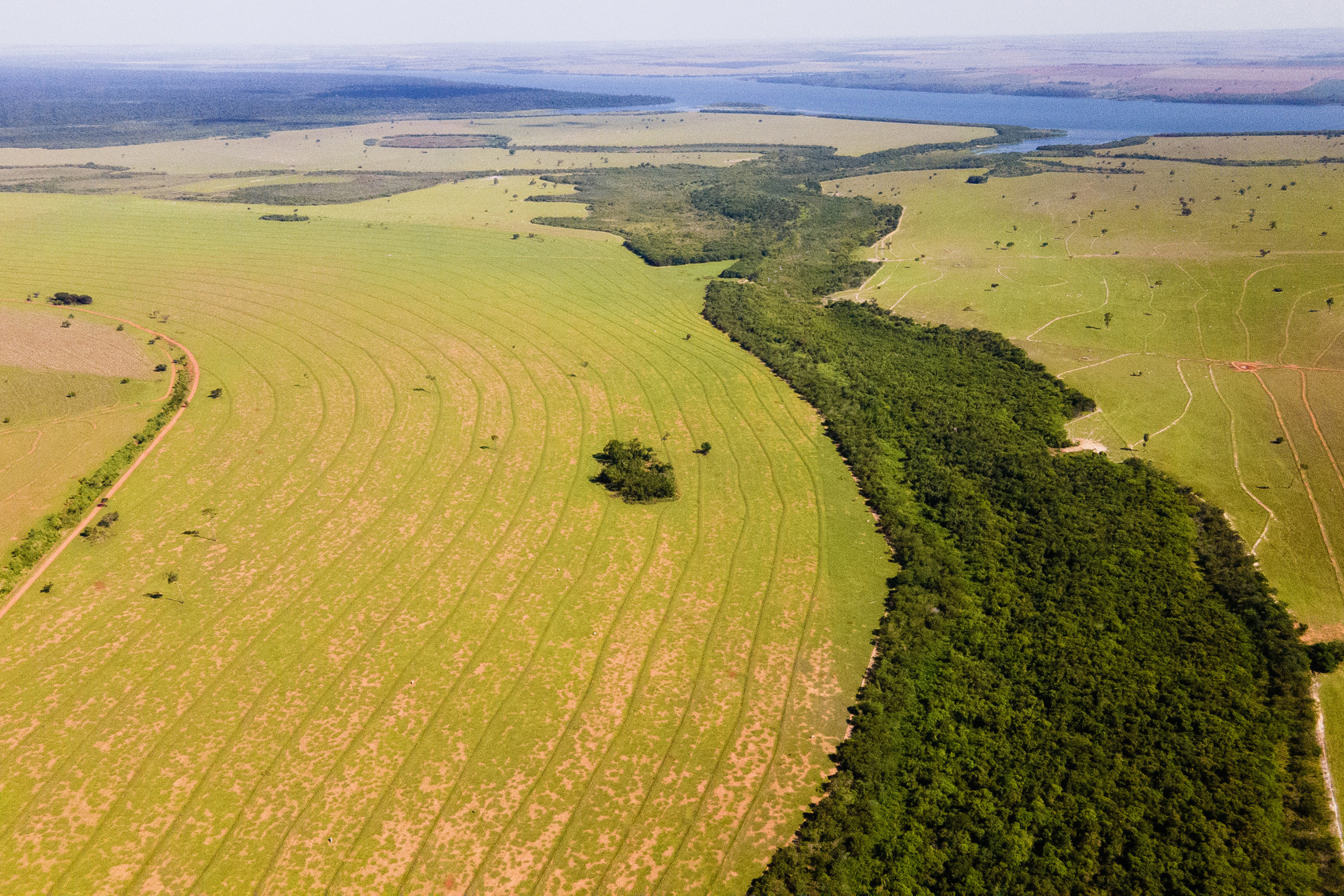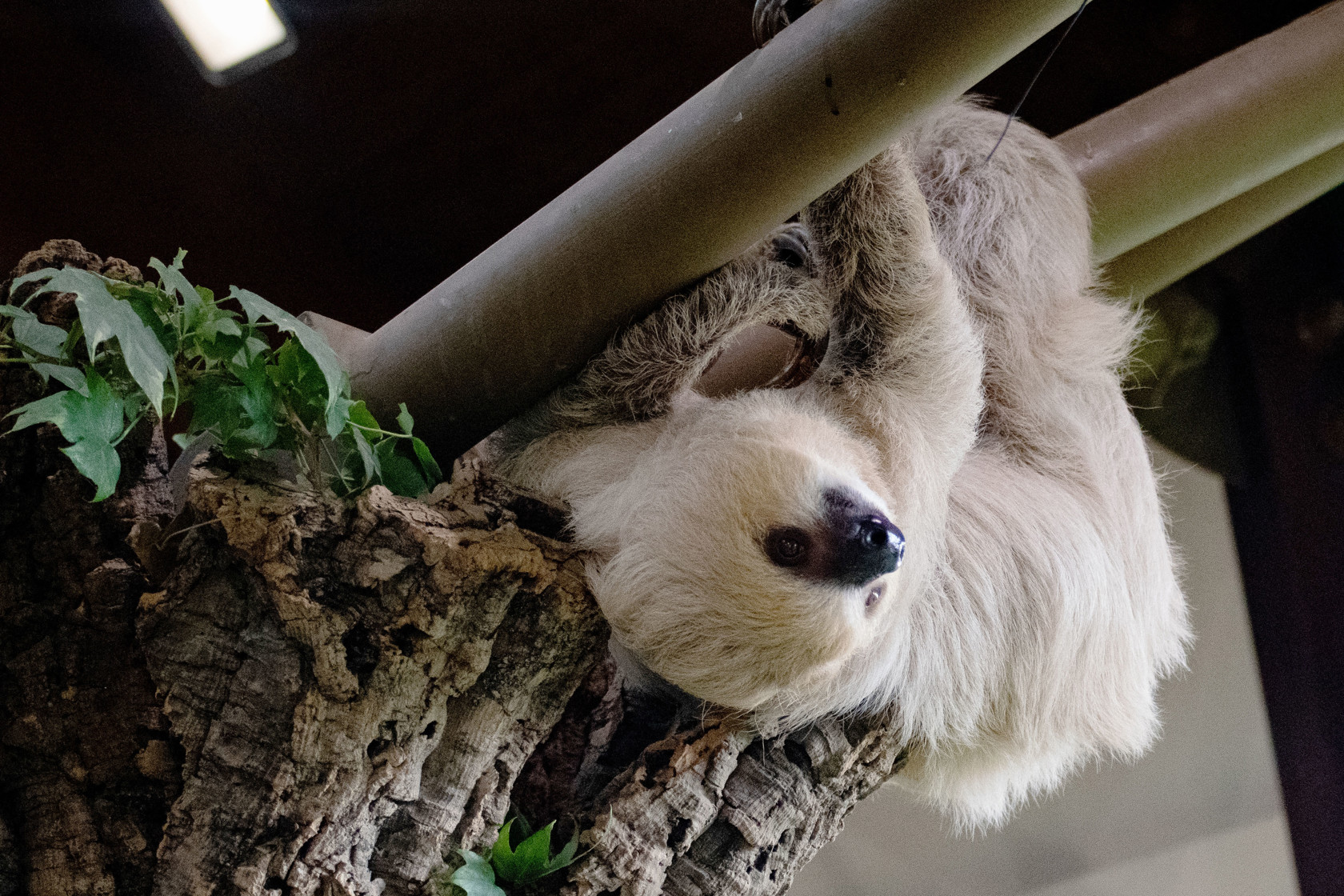As a science-led conservation organisation, Durrell uses the latest techniques or pioneers our own to assess the impact of our work.
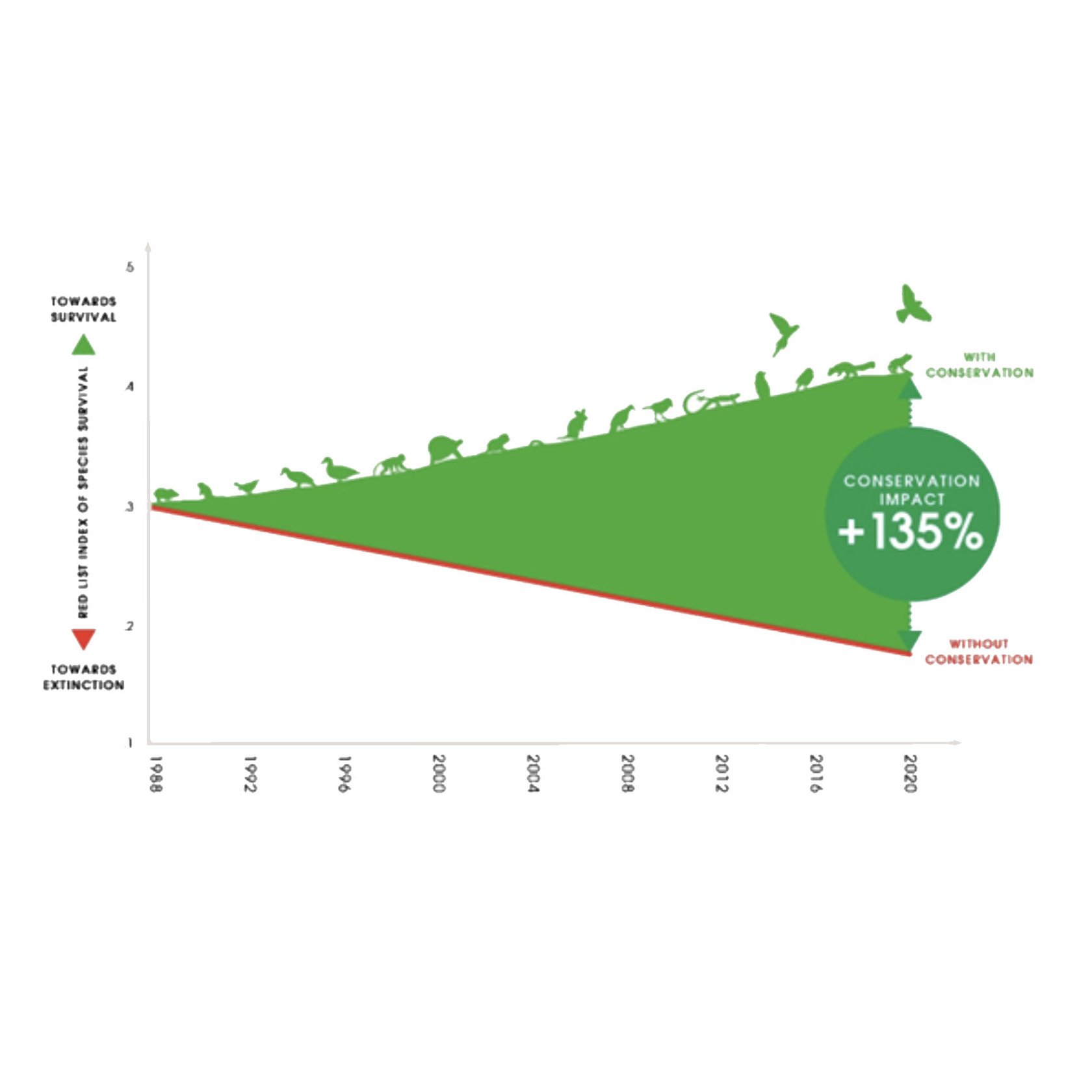
At Durrell, we measure our impact against our mission, carved in stone at the Jersey Zoo entrance, of ‘saving species from extinction’.
The Durrell Red List Index is a single number that shows our conservation impact. It assesses how the extinction risk of a species has changed due to conservation we’ve carried out. The more effective our work, the less likely a species is to go extinct.
We compare the current state of a species with predicative scenarios co-created with peers which suggest what would have happened to a species without our intervention. By measuring this change in extinction risk, we can create a visual representation of species we’re helping to save from extinction over time.
For more information on the Durrell Red List Index, please see our paper here.
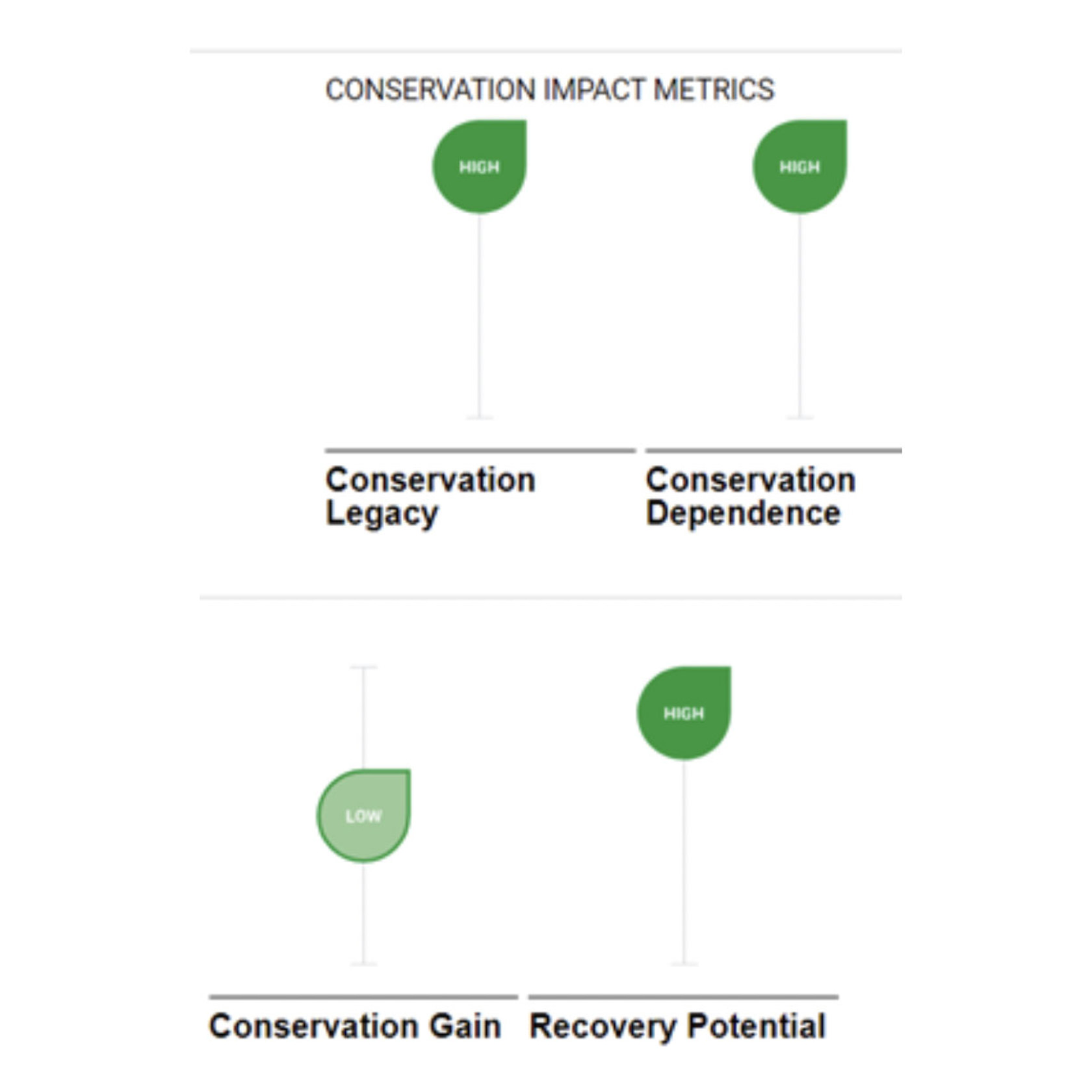
IUCN Green Status of Species
We work with several global conservation organisations to create and update the IUCN Green Status of Species; a new way of measuring conservation impact. The Green Status helps us understand past, present, and future conservation effectiveness.
By comparing the IUCN Red List status of species being targeted by conservation work with scenarios of what would have happened without conservation intervention, we can understand our impact in more detail.
Durrell have recently completed a Green Status assessment for most of the species we work with in Mauritius and continue to assess the other species we work with worldwide.
We rarely work alone, and the IUCN Green Status is the product of a partnership of multiple conservation organisations, statutory bodies and government departments.
For more information on the IUCN Green Status of Species, please click here.
Telfair’s skink: a conservation success story
Like many other Mauritian species, threats bought about by humans have resulted in the Telfair’s skink being lost from much of its historical range. This medium sized lizard is endemic to Mauritius, so it is not found in the wild anywhere else in the world. Primarily as a result of introduced non-native predators, such as rats, shrews and mongoose, Telfair’s skinks were restricted to one small offshore island (Round Island), representing just a tiny proportion of their historical range.
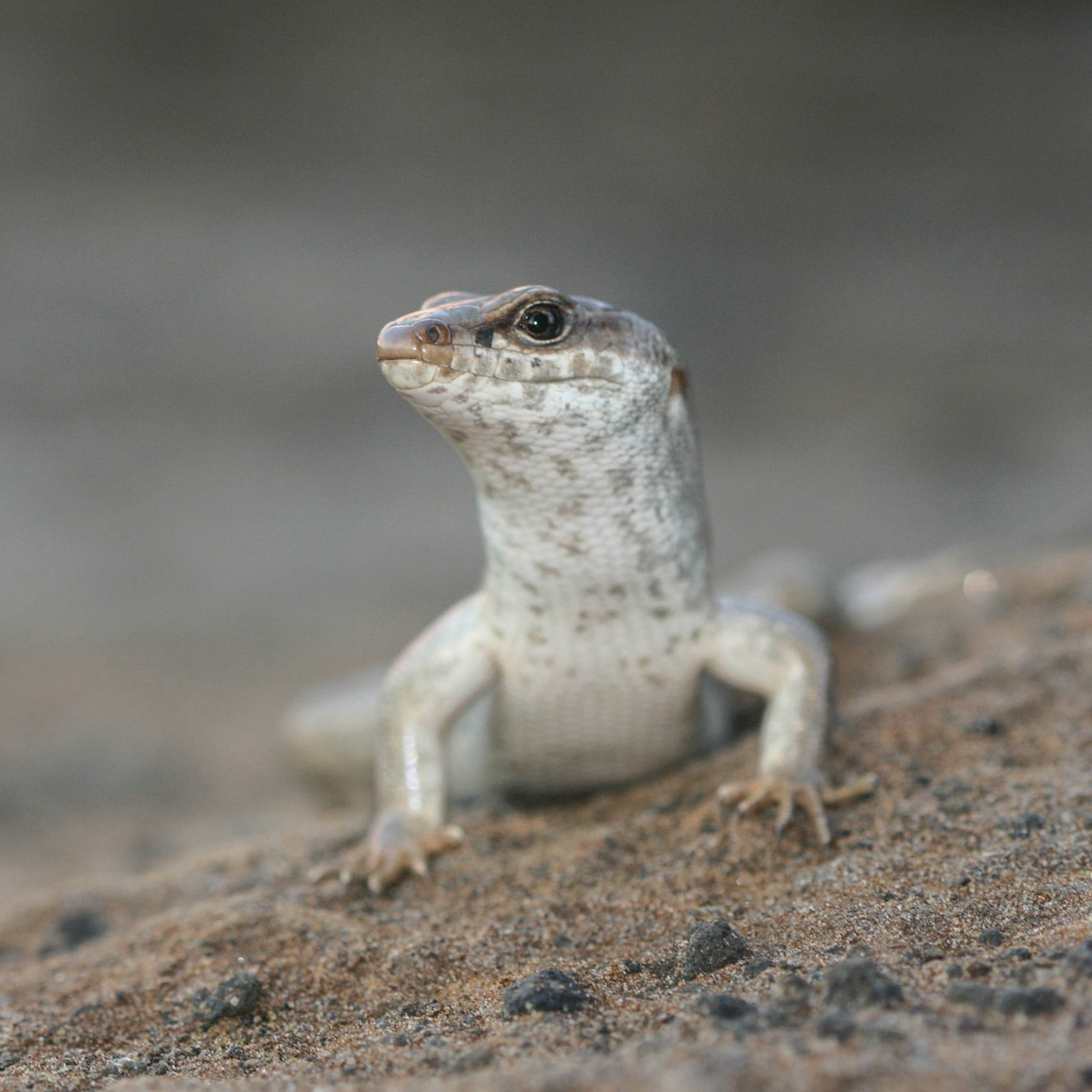
This last remaining population was highly threatened as the vegetation of Round Island was being stripped away from overgrazing by introduced goats and rabbits.
Based on the predicted scenario, without the conservation interventions of Durrell and our partners in Mauritius (Mauritian Wildlife Foundation, National Parks and Conservation Service and Forestry Services), Telfair’s skinks would most likely have gone extinct.
Thanks to our work including removing invasive species, biosecurity to prevent the arrival of new invasive species on islands, replanting of native plants and reintroducing Telfair’s skinks to two other islands from which they have been lost, there are now multiple healthy populations.
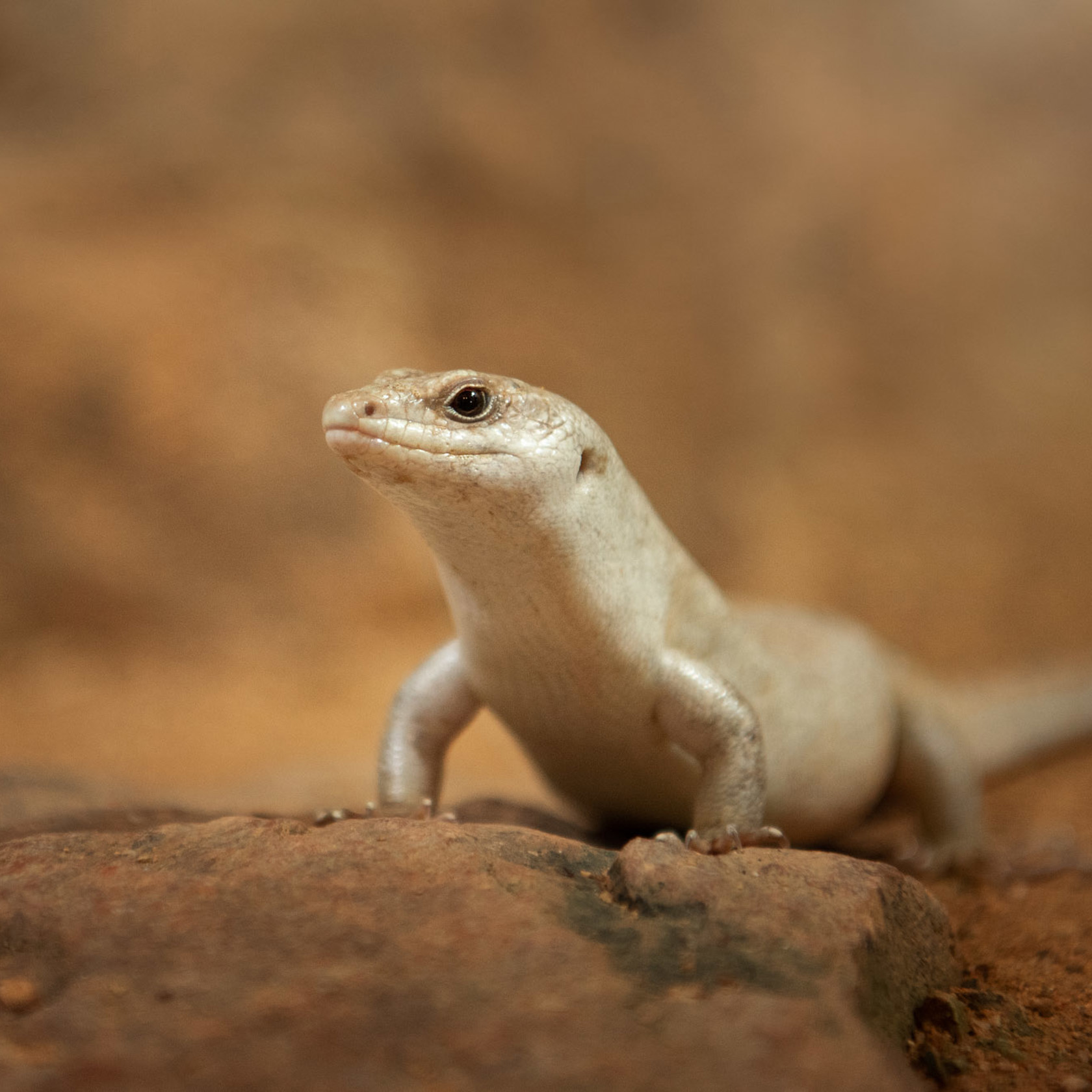
But our work is definitely not finished! Using the IUCN Green Status of Species, we can also estimate the future impact of our work.
If all the conservation in Mauritius were to stop today, it is estimated that this species would be back on the brink of extinction within 10 years. All three current populations are expected to be lost or severely declining without conservation action, most likely as a result of invasion of islands by non-native predators.
The IUCN Green Status of Species also helps us create an aspirational vision of how much a species could recover in 100 years with the support of conservation.

